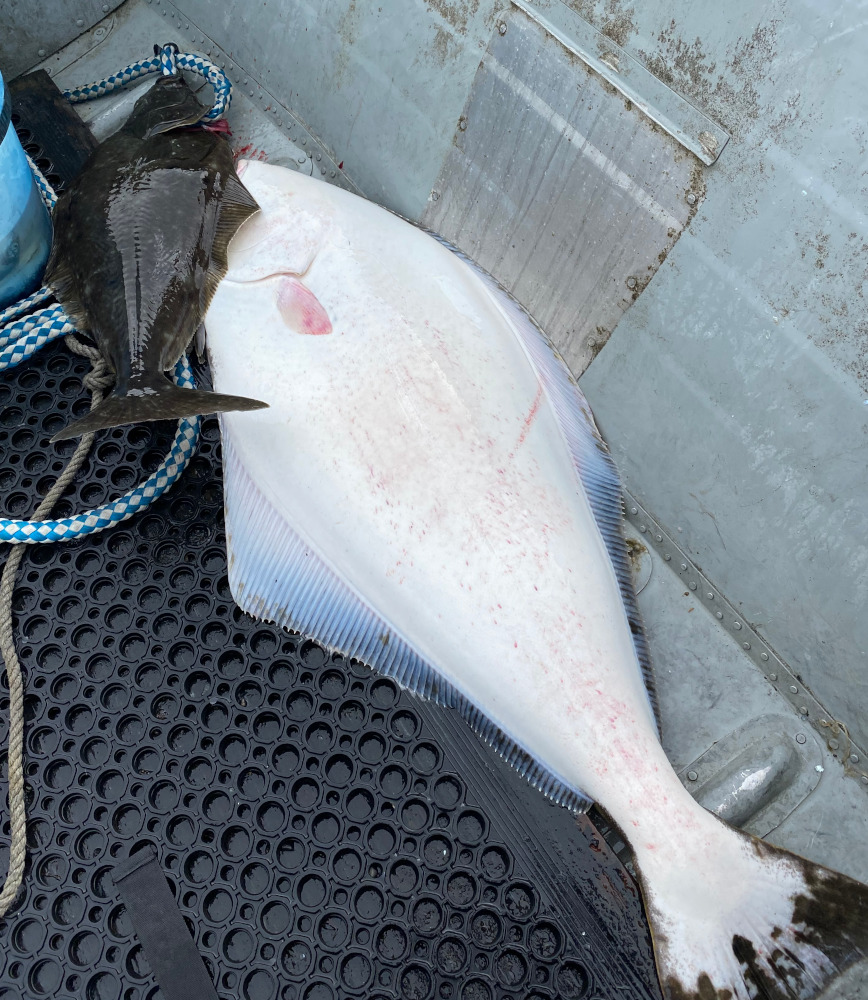
The U.S. and Canadian commission that regulates fishing for halibut in the Pacific Ocean approved a longer season for 2021 and had discussions last month about year-round fishing.
The International Pacific Halibut Commission held its annual meeting by video conference in late January. It voted to recommend a commercial season start date of March 6th and end date of December 7th. That’s around a month more fishing time than last year for most areas.
“For several years, the harvesters, the conference board have been talking about longer seasons and I think these dates are an attempt by the commissioners to send a signal that we’re interested in a longer season to provide better competition for our own fleet and industry in North America,” said U.S. commissioner Bob Alverson.
Commissioners noted competition from halibut farmed off the Canadian coast in the Atlantic, along with product from Norway and Russia, on the market throughout the year. Last season saw a three-week extension off the BC coast to allow for more fishing opportunity. Commissioners are also interested in the possibility of allowing commercial fishing year round and could revisit that topic a year from now.
Meanwhile the IPHC also approved a coast-wide catch limit of 39 million pounds. That’s up from last year’s limit of 36.6 million pounds.
Canadian commissioner Peter DeGreef said the COVID-19 pandemic made last year’s halibut season one of the most challenging in his memory.
“It has been challenging for virtually all stakeholders, from harvesters trying to get Pacific halibut caught in a safe work environment, to buyers who had to pivot from a largely food service to a retail market, to guide businesses that had to deal with travel restrictions and lower clientele numbers, to private anglers dealing with stay-at-home orders,” DeGreef said.
Last year’s catch in all fisheries totaled over 35 million pounds.
Scientist Ian Stewart told the commission that fishing fleets did not catch their full limits last year.
“As you saw most fisheries sectors came in below their overall allocation,” Stewart said. “So some fish were left essentially in the water in 2020 and those fish are accounted for in this year’s stock assessment.”
For this year, the commission approved a combined commercial and charter limit of 5.8 million pounds for Southeast’s Alaska’s area 2C. That’s a small decrease from last year, a cut of 50-thousand pounds for the region, but it’s the only part of the coast that will see a reduction in 2021.
Area 3A in the central gulf will see the biggest increase, boosted to 14 million pounds for the commercial and charter fleet combined. That’s up from 12.2 million pounds last year. Scientists reported research showing more of the halibut stock in the Gulf of Alaska and less of it along the coast from Southeast Alaska to California. Overall stocks have been declining coast-wide since 2016 and that trend is projected to continue.









